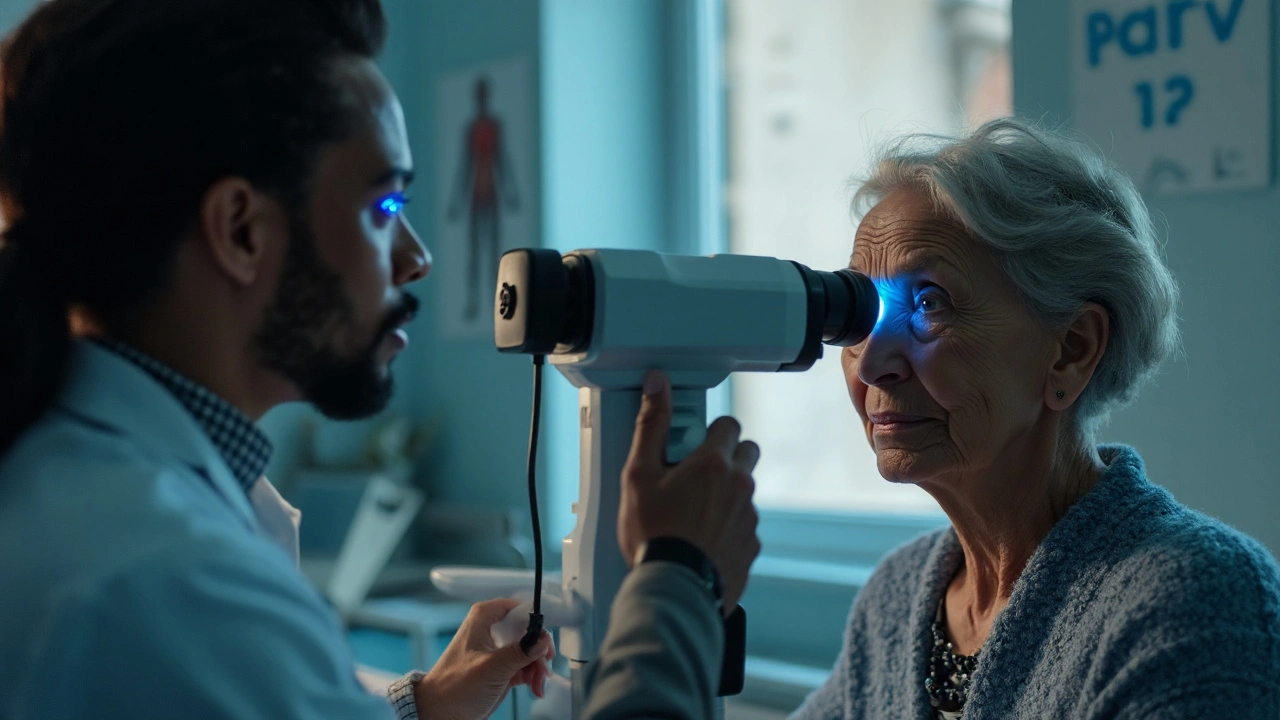Glaucoma Risk Factors You Should Know
If someone told you that a silent condition could steal your vision, you'd want the details fast. Glaucoma does exactly that – it creeps up by damaging the optic nerve, usually because of high eye pressure. The good news? Most risk factors are clear and many can be managed.
Common Risk Factors
Age: People over 60 face a higher chance of developing glaucoma. The eye’s drainage system naturally gets less efficient, so pressure builds up over time.
Family History: Glaucoma runs in families. If a parent or sibling has it, you’re more likely to develop the disease yourself. Talk to your doctor about getting screened early.
Ethnicity: African‑American, Hispanic and Asian individuals have higher rates of certain glaucoma types. For example, African‑Americans are up to five times more likely to get primary open‑angle glaucoma.
Medical Conditions: Diabetes, high blood pressure, and heart disease can affect eye circulation, indirectly raising the risk. Even severe myopia (nearsightedness) makes the optic nerve more vulnerable.
Eye Injuries & Surgery: A blunt blow to the eye or past eye surgeries can damage drainage pathways, leading to pressure spikes later on.
How to Lower Your Risk
First, schedule a comprehensive eye exam at least once every two years – more often if you belong to a high‑risk group. During the check‑up, doctors measure intraocular pressure and examine the optic nerve.
Second, keep your blood sugar and blood pressure in check. A balanced diet rich in leafy greens, berries and omega‑3s supports overall eye health.
Third, protect your eyes from injury. Wear safety goggles when playing sports or working with tools.
If you’re a smoker, consider quitting. Smoking narrows blood vessels, reducing oxygen flow to the optic nerve.
Finally, stay active. Regular exercise helps maintain healthy circulation and can even lower eye pressure naturally.
Remember, glaucoma often shows no symptoms until it’s advanced. Knowing your risk factors and taking preventive steps gives you the best shot at keeping your vision sharp for years to come.


